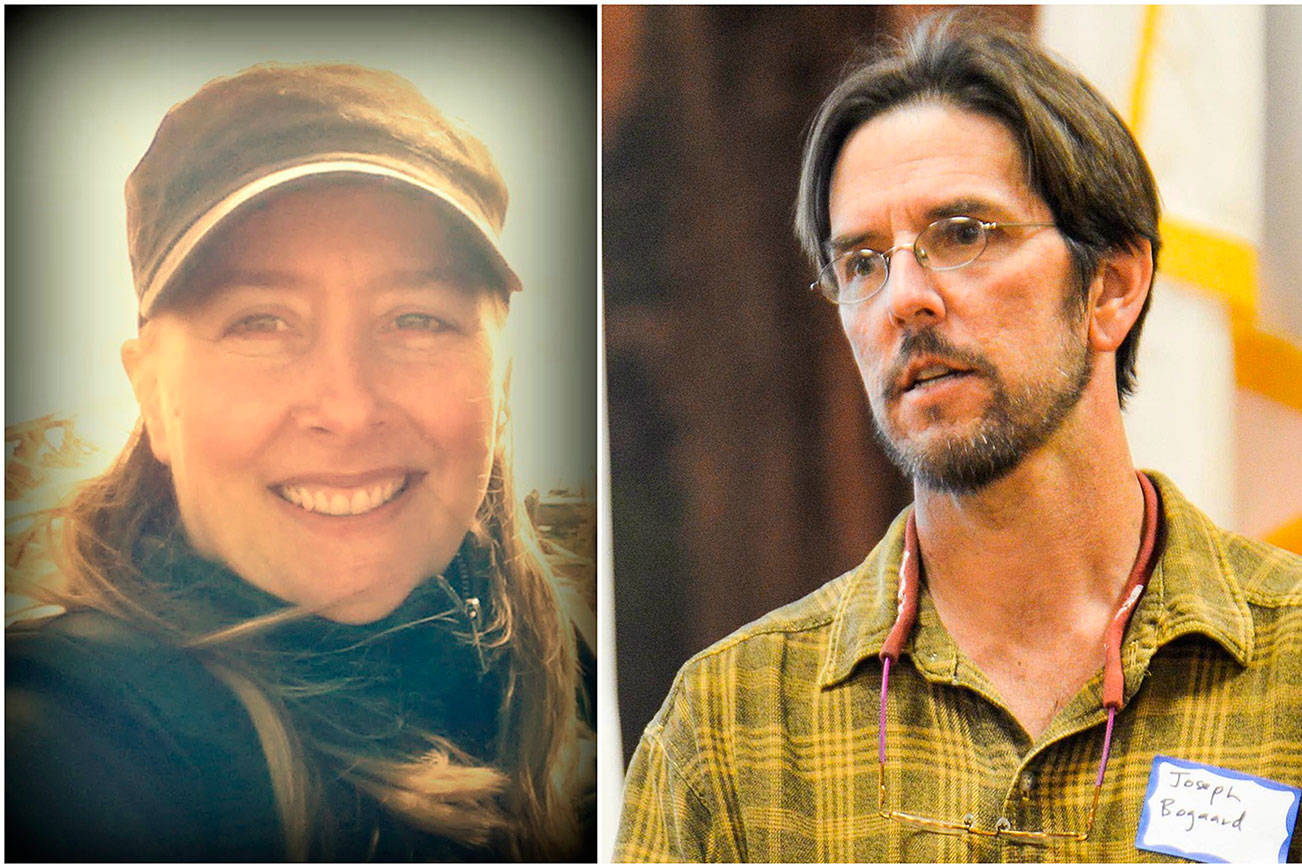Conservation community leaders experienced cautious optimism last year as the public and policymakers seemed to awaken to the heartbreaking plight of southern resident orcas and the chinook salmon they depend upon. This year will be a critical test of public engagement and political leaders who now must follow through on promises made and on the hard work that was begun in 2018.
The uncertain future of orca and salmon in the Northwest is in our hands. Protecting these species will depend upon bold, urgent action – including substantially increased funding, new ecologically-based policies and an effective statewide strategy that protects and restores the healthy, resilient, connected ecosystems. This year’s legislative session in Olympia has just begun, and it will tell us a lot about whether our state and its leaders are truly committed to protecting orcas and the salmon they depend upon.
Last March, in response to escalating calls for action after a string of southern resident orca deaths, Gov. Jay Inslee established the Orca Recovery Task Force. He convened more than 40 tribal representatives and community leaders to develop a statewide strategy to protect these beloved whales.
Then in the midst of the task force proceedings, we witnessed the tragic loss of two more whales – Tahlequah’s newborn calf in August and 2-year-old J50 in September. The stakes and urgency rose before our eyes, drawing national and international scrutiny as loud calls for decisive action grew. While the recent news of a new calf born to L pod is a hopeful sign, the population is still just 75 whales — a 35-year low that puts the orcas at the brink of extinction. And with at least three more whales showing signs of starvation, the clock is ticking loudly. Unless we all work together to bring about some big changes, we will lose the southern resident orcas.
In December, Inslee announced his $1.1 billion orca strategy based on recommendations from the task force. While the governor’s initiative may fall short of what orca and salmon need, his proposal represents a critical first step forward with both near- and long-term recovery actions. The governor is pressing for a statewide approach that includes some big changes in both the Columbia-Snake River and Salish Sea basins.
The Legislature must now work with the governor to approve funding and advance the new laws that orca need. Without aggressive public engagement, however, little will change. Unless we the people take action and deliver relentless pressure in the weeks ahead, our legislators are unlikely to act with the boldness or urgency the governor has called for. And the prospects for saving orca and salmon from extinction will dim.
Right now, we need bold science-based action from the Legislature with new laws and solid funding to restore the abundant stocks of salmon our orcas rely on. What the salmon need seems simple: healthy, connected, resilient rivers and watersheds statewide. They need protected Salish Sea habitats, with strong restoration efforts to return vitality to this ecosystem. But this is difficult work because big money developers and special interests have very different goals in mind. And this is why mobilizing the people who care about orca and salmon is what’s most needed now.
Help orcas by contacting your legislators in the 34th and all districts with emails, calls and letters. Speak up for orca and salmon and ask your family and friends to do the same. Call on our elected leaders to support immediate actions and a statewide strategy that protects and restores healthy, resilient habitats, including:
• Expanding “spill” at federal dams on the Snake and Columbia Rivers starting in 2019 to increase salmon populations in what was once the most productive salmon basin on the planet.
• Supporting the removal of the four lower Snake River dams to restore this river in southeast Washington to abundance. This action will provide orcas with calorie-rich spring chinook salmon in coastal waters in winter months when they most need it.
• Supporting new laws to increase forage fish and chinook populations by giving state permitting agencies the tools they need to protect critical nearshore habitat by eliminating the “fast track” permit for single family bulkheads under the Hydraulic Code.
• Allowing the Washington Department of Fish and Wildlife to enforce this important environmental law by granting authority to issue fines and stop work orders for violations.
• Including funding in the state budget to perform important habitat restoration projects and continue much-needed studies related to forage fish spawning and benthic (at the bottom of a body of water) habitats.
The fate and future of orca and salmon is up to us. Unless we rise up together and support bold action from the governor and our legislators, special interests will continue to win — at the expense of these iconic, irreplaceable species. We’re not willing to let that happen. Are you?
— Joseph Bogaard is the executive director of the Save Our Wild Salmon Coalition. Amy Carey is the executive director of Sound Action. Both work to protect and restore chinook habitat and save the endangered orcas.



